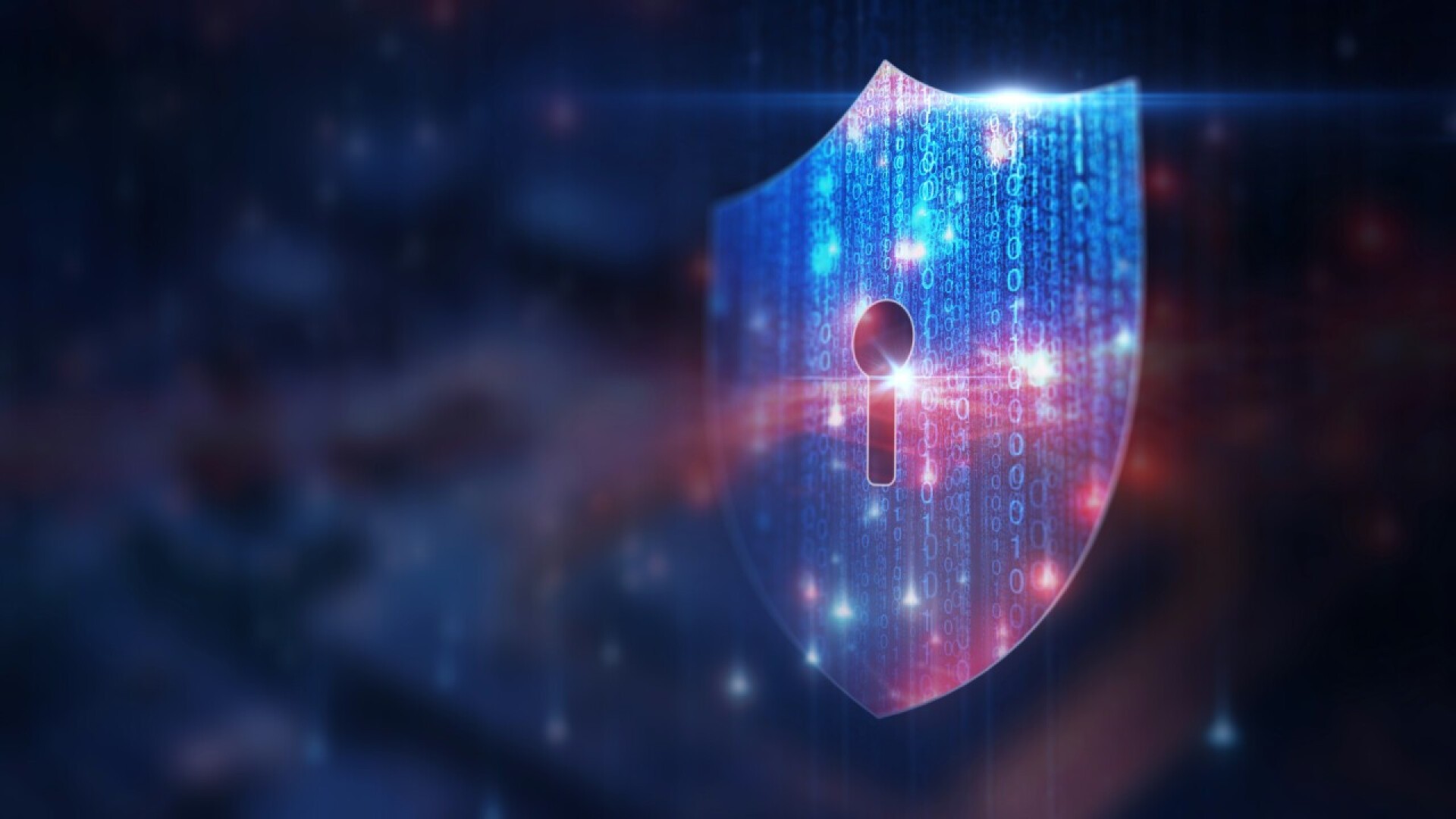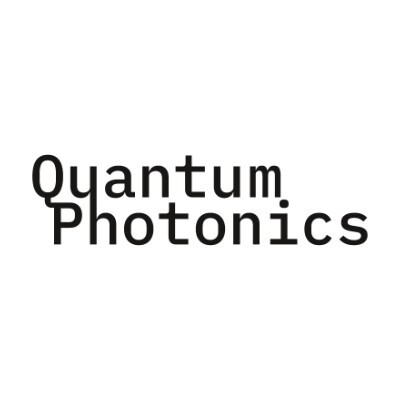Quantum cryptography – The future of secure data transmission
Quantum cryptography is considered a milestone in digital security. Learn how it works, what makes it so special, and why it could fundamentally change our communication in the future.
In a world where data has become one of the most valuable assets, protecting this information is essential. While traditional encryption methods are increasingly threatened by powerful computers, especially quantum computers, quantum cryptography offers a future-proof alternative. It uses fundamental principles of quantum mechanics to make communication virtually unbreakable – even against attackers with infinite computing power.
In this article, we explain what quantum cryptography is, how it works, and why it could revolutionize our digital world.
The Four Goals of Cryptography
Before delving into quantum cryptography in detail, it is helpful to understand the four fundamental goals of cryptographic systems. These form the foundation for any form of secure digital communication:
1. Confidentiality
Only authorized persons may have access to sensitive information. The content must be protected from unauthorized access during storage and transmission.
2. Integrity
Data must not be altered unnoticed. The recipient must be able to rely on the fact that the information received corresponds exactly to the original.
3. Authenticity
The identity of the communication partners must be verifiable beyond doubt. This is the only way to ensure that information actually originates from the stated source.
4. Binding nature (non-repudiation)
Once sent, information – e.g., digital signatures – must be verifiable so that the sender cannot deny having sent the message.
These four goals apply to both classical and quantum-based cryptographic methods – but quantum cryptography offers new, particularly effective ways to implement them.
What is quantum cryptography?
Quantum cryptography is a cutting-edge branch of cryptography that uses the laws of quantum mechanics to secure digital communications. Its central goal is to make the transmission of sensitive information as secure as possible – through physical principles, not mathematical complexity.
While classical encryption methods such as RSA, ECC, or AES are based on the difficulty of solving certain mathematical problems (such as factoring large numbers or the discrete logarithm problem), quantum cryptography takes a completely different approach. It uses quantum physical phenomena such as superposition, the uncertainty principle, and quantum entanglement to protect communication systems against any external access.
The crucial difference is that classical cryptography can be compromised by sufficiently large computing power – especially by future quantum computers. Quantum cryptography, on the other hand, relies on immutable laws of nature: A quantum mechanical system cannot be observed unnoticed. Any attempt to intercept information on a quantum channel inevitably changes its state—and can therefore be immediately detected.
This creates a completely new form of security: one based not on trust in algorithms or secrecy, but on the fundamental laws of physics.
The basics of quantum cryptography
The technology of quantum cryptography is essentially based on two effects of quantum mechanics:
Superposition
A qubit (quantum bit) is the smallest unit of information in quantum cryptography and behaves differently than a classical bit. While a bit assumes either the value 0 or 1, a qubit can assume both states simultaneously – a phenomenon known as superposition.
Imagine a photon – a single particle of light – being passed through a polarizing filter. Depending on the angle of the filter, the photon can assume different polarizations: horizontal, vertical, or even a combination of these. In quantum cryptography, these different states are used to encode information.
Only when a qubit is measured does its superposition collapse into one of the two classical states – 0 or 1. The decision as to which state it will assume depends on both the original state and the measurement method.
This property enables the transmission of information on a completely new level: data is not only encrypted in binary form, but is encoded at the quantum mechanical level.

Measurement influences the state
Another central principle is the fact that every observation of a quantum state is not passive, but invasive. As soon as a qubit is measured, its state changes. This property is based on the Heisenberg uncertainty principle, according to which it is impossible to know certain properties of a particle exactly at the same time – such as position and momentum, or in this case, polarization direction and energy.
For quantum cryptography, this means specifically: If an unauthorized third party (often referred to as "Eve") attempts to read the transmitted qubits, they inevitably change their state. This manipulation creates errors in the communication that can be detected when the keys are compared.
This means: An eavesdropping attempt never goes unnoticed. In contrast to classical cryptography, where an attacker can eavesdrop unnoticed or decrypt recorded data later, quantum cryptography is capable of detecting such attacks in real time and responding accordingly – e.g., by discarding the compromised key.
How does quantum key exchange (QKD) work?
A central application of quantum cryptography is quantum key exchange, also known as quantum key distribution (QKD). The goal is to generate a secret key that only two communication partners – for example, Sarah and Michael – know.
A widely used method is the BB84 protocol, which works as follows:
- Sarah sends a series of photons to Michael, each randomly encoded in different polarizations.
- Michael also measures the incoming photons using randomly selected measurement bases.
- They then exchange the bases they used – but not the measurement results – via a public channel.
- The similarities in the bases form the basis for the shared secret key.
- By comparing them, Sarah and Michael check for any evidence of eavesdropping. If the error rate is unusually high, the key is discarded.
Thanks to quantum properties, any unauthorized access – e.g., through a cryptography – can be detected. e.g., by Eve. This makes QKD one of the most secure key distribution methods known.
Advantages of quantum cryptography
Quantum cryptography offers a number of advantages over traditional methods:
- Security based on physics: Data is protected by a natural law, not a mathematical problem.
- Real-time detection of eavesdropping attempts: Any manipulation changes the quantum information.
- Future-proof compared to quantum computers: This method remains secure even in a world with powerful quantum computers.
- No long-term vulnerability: Even recorded data cannot be decrypted later if the key is unknown.

Implementation challenges
Despite all its advantages, quantum cryptography still presents several challenges:
- Technological Requirements: Generating and measuring individual photons requires extremely precise equipment.
- Limited Transmission Distances: Without special amplifiers (quantum repeaters), only a few hundred kilometers are possible over fiber optic cables.
- Cost Factor: The systems are currently expensive and are primarily used in highly sensitive areas.
- Vulnerability Due to Faulty Implementation: While the theory is secure, technical weaknesses can be exploited in practice.
Areas of Application for quantum cryptography
Despite the hurdles, quantum cryptography is already being used in the following areas:
- In government communications and diplomacy
- In banks to secure large transactions
- In healthcare to protect highly sensitive patient data
- In research and industry to protect intellectual property
In the future, quantum communication networks (quantum internet) based entirely on quantum cryptography could also emerge.
Conclusion: Quantum cryptography as a security standard of the future
Quantum cryptography opens up completely new possibilities for secure communication. By leveraging physical effects such as superposition and state changes during measurement, it is possible for the first time to ensure communication security independent of computing power. In view of the growing threats from cybercrime and quantum computers, it represents a future-proof solution that is already proving its practical application.


